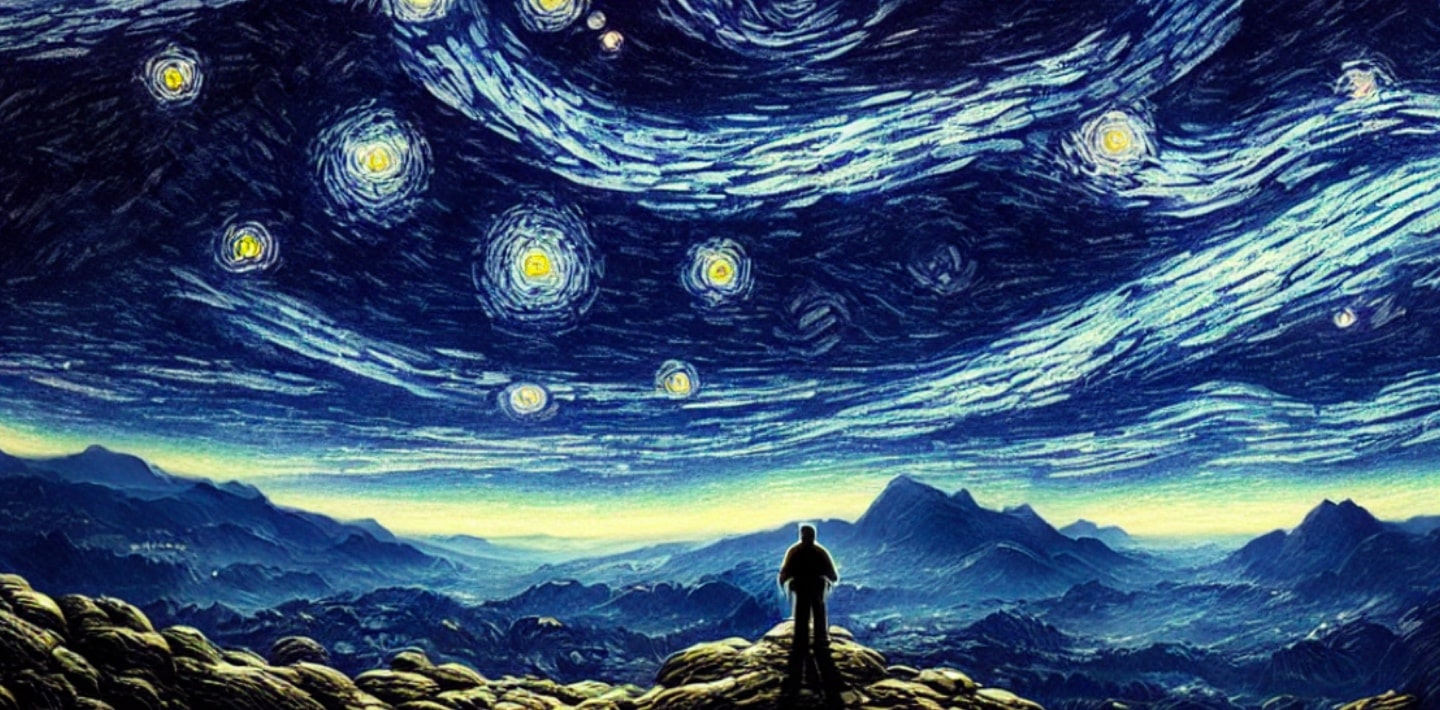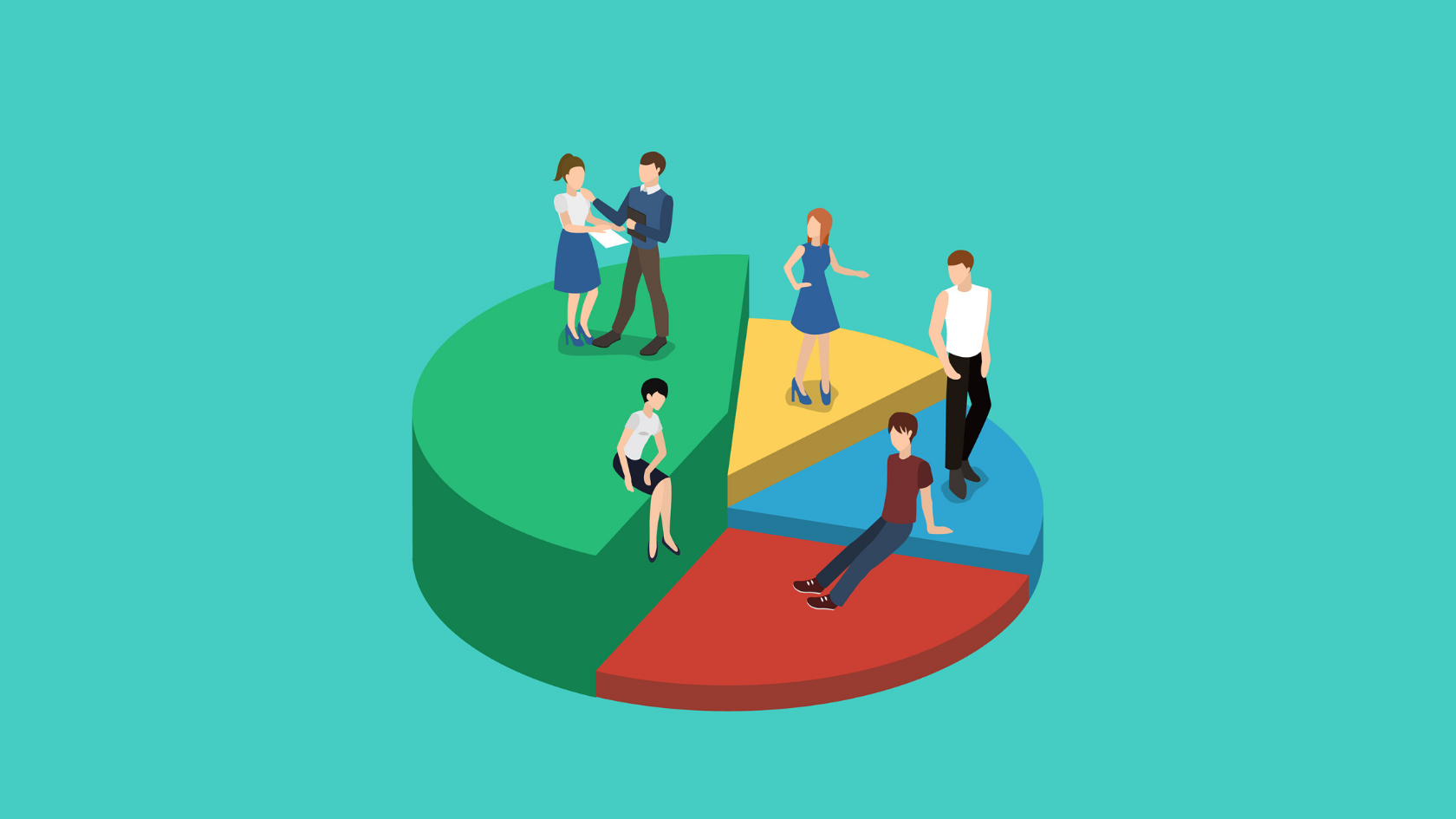Introduction:
Artificial Intelligence (AI) has become increasingly integrated into various industries, revolutionizing traditional workflows and processes. In graphic design, AI is reshaping the way designers work, offering new tools and capabilities that enhance creativity, streamline workflows, and improve efficiency. This article explores the evolving role of AI in graphic design and its impact on the creative landscape.
AI-Powered Design Tools:
One of the primary roles of AI in graphic design is the development of AI-powered design tools. These tools leverage machine learning algorithms to analyze data, identify patterns, and generate design elements such as layouts, color schemes, and typography. AI-powered design platforms like Adobe Sensei and Canva’s Design AI offer designers intelligent assistance, helping them explore new design possibilities and speed up the design process.

Automated Design Tasks:

AI enables automation of repetitive design tasks, freeing up designers’ time to focus on more creative aspects of their work. Through techniques like natural language processing (NLP) and image recognition, AI algorithms can automate tasks such as image cropping, background removal, and content generation. Designers can utilize AI-driven plugins and extensions to streamline their workflows and achieve faster turnaround times without compromising quality.
Personalized Design Experiences:
AI empowers designers to deliver personalized design experiences tailored to individual preferences and behaviors. By analyzing user data and interactions, AI algorithms can generate customized design recommendations, layouts, and content based on user preferences and past behavior. This level of personalization enhances user engagement and satisfaction, ultimately driving better outcomes for businesses and brands.
Enhanced Creative Collaboration:
AI facilitates creative collaboration among designers and teams by providing intelligent insights and feedback throughout the design process. AI-powered collaboration platforms like Figma and Miro offer real-time co-editing, version control, and smart suggestions that enable designers to collaborate more effectively regardless of their location. These AI-driven features foster a culture of creativity and innovation within design teams, leading to better outcomes and faster project delivery.
Predictive Design Trends and Insights:
AI enables designers to stay ahead of design trends and make informed decisions by providing predictive insights and trend analysis. Through data analysis and machine learning algorithms, AI can forecast emerging design trends, user preferences, and market demands. Designers can leverage this predictive intelligence to create designs that resonate with their target audience and drive business success.
AI-Driven Image Editing:
AI-powered image editing tools, such as Adobe Photoshop’s Content-Aware Fill and Google’s Deep Dream, enable designers to perform complex editing tasks with greater precision and efficiency. These tools use advanced algorithms to analyze and manipulate images, allowing designers to achieve stunning visual effects and enhancements.
Natural Language Processing for Copywriting:
AI-driven natural language processing (NLP) tools can assist designers in generating compelling copy for their designs. By analyzing text data and understanding language patterns, NLP algorithms can suggest headlines, captions, and body copy that resonate with the intended audience, saving designers time and effort in the content creation process.

AI-Based Color Palette Generators:
Choosing the right color palette is crucial in graphic design, and AI-based color palette generators can help designers discover harmonious color combinations quickly. These tools analyze color theory principles and user preferences to generate color palettes that evoke the desired mood and aesthetic for a design project.
AI-Enhanced User Experience Design:
AI technologies, such as predictive analytics and user behavior modeling, empower designers to create more intuitive and user-friendly interfaces. By analyzing user interactions and preferences, AI algorithms can provide insights into how to optimize the user experience, leading to higher engagement and satisfaction with digital products and services.
AI-Powered Design Critique and Feedback:
AI-driven design critique and feedback tools can provide designers with valuable insights and suggestions for improving their designs. These tools analyze design elements, such as layout, typography, and composition, and offer constructive feedback based on design principles and best practices. By incorporating AI-powered feedback into their workflow, designers can iterate more efficiently and produce higher-quality designs.
AI-Driven Creative Inspiration:
AI algorithms can analyze vast amounts of design data from various sources, such as websites, social media, and design repositories, to inspire designers with new ideas and trends. AI-powered creative inspiration platforms, like Pinterest’s Visual Discovery tool and Adobe’s Creative Cloud Libraries, curate relevant design examples and trends, helping designers stay informed and inspired in their creative process.
Ethical Considerations in AI-Driven Design:
As AI technologies become more prevalent in graphic design, it’s essential for designers to consider the ethical implications of their use. Issues such as algorithmic bias, data privacy, and consent are important considerations when integrating AI into design workflows. Designers must prioritize transparency, accountability, and inclusivity to ensure that AI-driven design practices benefit all users and stakeholders.
AI-Powered Layout Optimization:
AI algorithms can analyze user behavior and preferences to optimize website and app layouts for improved usability and engagement. By testing different layout variations and measuring user interactions, designers can leverage AI-driven insights to create layouts that maximize user satisfaction and conversions.

AI-Based Content Personalization:
AI technologies enable designers to deliver personalized content experiences tailored to individual user preferences and demographics. By leveraging data analytics and machine learning algorithms, designers can dynamically adjust content elements such as images, text, and recommendations based on user behavior, leading to higher engagement and conversion rates.
AI-Driven Branding and Identity Design:
AI tools can assist designers in creating cohesive branding and identity systems by analyzing brand attributes, market trends, and audience preferences. AI algorithms can generate logo concepts, brand colors, and visual assets that align with the brand’s personality and objectives, facilitating the branding process for designers and businesses.
AI-Enabled Design Accessibility:
AI technologies can help designers create more accessible and inclusive designs by automatically identifying and addressing accessibility issues. AI-driven accessibility tools can detect color contrast issues, heading structures, and other accessibility barriers, allowing designers to ensure that their designs are accessible to users with disabilities.
AI-Powered Design Asset Management:
AI-driven design asset management platforms can streamline the organization and retrieval of design assets, such as images, icons, and templates. By employing image recognition and metadata analysis, AI algorithms can categorize and tag design assets, making them easily searchable and accessible to designers across teams and projects.
AI-Enhanced Design Prototyping:
AI technologies can enhance the prototyping process by automating the generation of interactive prototypes based on design mockups. AI-driven prototyping tools can simulate user interactions, animations, and transitions, providing designers with realistic previews of their designs and facilitating stakeholder feedback and validation.
AI-Driven Design Performance Analysis:
AI analytics tools can analyze design performance metrics, such as user engagement, conversion rates, and bounce rates, to assess the effectiveness of design decisions. By correlating design elements with key performance indicators, designers can gain insights into which design strategies are most impactful and iterate accordingly.
AI-Powered Design Automation:
AI-driven design automation tools can automate repetitive design tasks, such as image resizing, batch processing, and template customization. By leveraging AI algorithms, designers can save time and effort on routine tasks, allowing them to focus on more creative and strategic aspects of their work.
Conclusion:
Artificial intelligence (AI) in graphic design is still developing, providing designers with strong instruments and functionalities that boost productivity, creativity, and teamwork. With the use of AI-powered design tools, designers can push the envelope of creativity and improve results for their customers and brands by automating tedious activities, providing personalized design experiences, and obtaining predictive insights. AI will play a more and bigger part in graphic design as technology develops, influencing the direction of the creative sector.
- All Posts
- Uncategorized

Dr. Daniel Davidson, MD, MBA Introduction: The goal of success for businesses nowadays is to establish a global brand because…

Dr. Daniel Davidson, MD, MBA Introduction: Stem cells have captivated the imagination of scientists and the public alike for their…

Dr. Daniel Davidson, MD, MBA Introduction: Platelet-rich plasma (PRP), fat grafting, and dermal fillers made from natural sources are examples…
